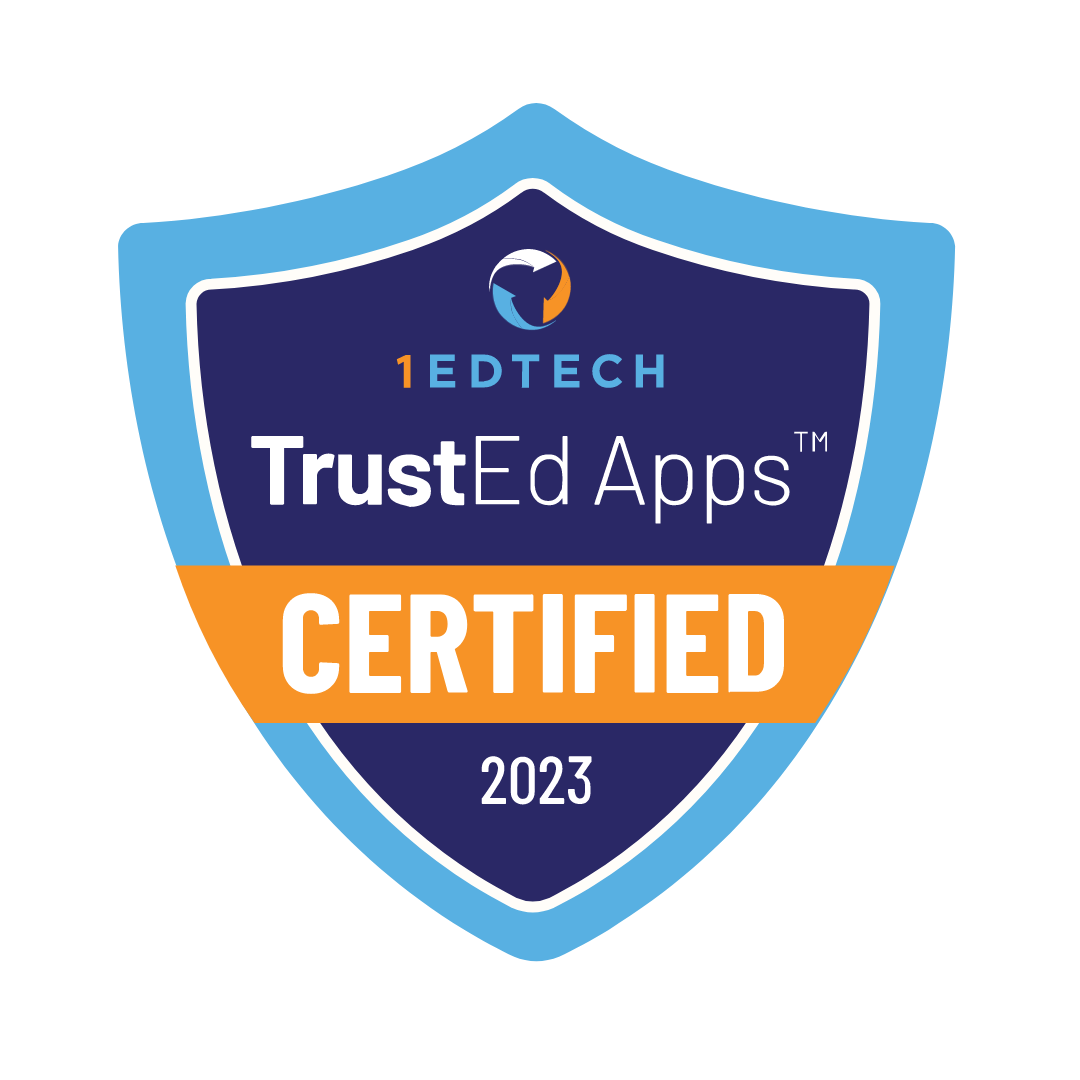Contents
Hundreds of parents and students choose virtual middle schools for their benefits. Many parents are aware of the general advantages. These advantages include flexibility in scheduling, the ability to learn from anywhere, and other benefits. Many parents don’t know about the hidden benefits. We’ll look at some of these lesser-known advantages.

Virtual middle school is an online institution offering middle school education over the internet. Students attend classes, complete assignments, and interact with teachers and classmates through digital platforms. These schools offer many benefits to students. We’ll skip the well-known ones and look at 5 lesser-known benefits.
Benefit 1: Less Learning Fatigue
Virtual students have fewer distractions without constant class transitions or noisy hallways. This reduces mental overload, helping students retain information better. The absence of this pressure lets students try new learning methods. New learning methods lead them to better academic success.
|
Parents, Take Note
The study “Remembering What We Learn“ was conducted by Henry L. Roediger III and colleagues. This study explores how different learning methods impact long-term retention. The research shows cramming helps with short-term performance. Spaced practice, interleaving, and retrieval practice improve long-term memory. Students who used repeated testing (retrieval practice) recalled 21% more information after a week compared to those who only studied repeatedly. These findings emphasize the importance of challenging learning methods for lasting retention.
|
Benefit 2: Freedom from Unconscious Biases
Students in a virtual environment are less impacted by physical appearance, background, or socioeconomic status. This means students are judged more on their work and skills. This judgment leads to a fairer learning experience.

Benefit 3: Increased Emotional Resilience
Students build emotional resilience in a controlled setting. This setting doesn’t bring the stress of peer dynamics or strict school structure. Virtual schools give students space to manage emotions without the social pressure of traditional classrooms.

Benefit 4: More Room for Creative Thinking
Students in virtual learning explore new ways of thinking and solving problems. Students manage their own time, use various digital tools, and access a wide range of online resources. These resources include educational videos, interactive simulations, online libraries, and research databases.
Students have to think critically to manage projects without direct supervision. They find information using online databases or educational platforms. Students participate in group discussions or projects virtually. This pushes students to develop innovative approaches to problem-solving.
Benefit 5: Strengthened Writing Skills
Students in virtual schools develop strong writing and communication skills. They practice clear and effective communication daily since most interactions take place through emails, chats, and discussion boards. This practice helps them refine their ability to express ideas and collaborate with others.
Legacy Online School’s Benefits
Legacy Online School gives students all the main benefits of online education. Students join a global community, gaining broader perspectives, while receiving real-time feedback from skilled teachers. These features make Legacy Online School a top choice for families looking for a balanced online education.
Our school offers students benefits others don’t. These benefits include personalized support from teachers, building confidence, and other advantages. Visit Legacy Online School’s website to discover more.
Conclusion
Online middle schools have many benefits. Parents and students know the common ones, but many miss the hidden advantages. We covered five of the lesser-known benefits. Understanding these benefits helps parents see why online school might be the best option for their child.











